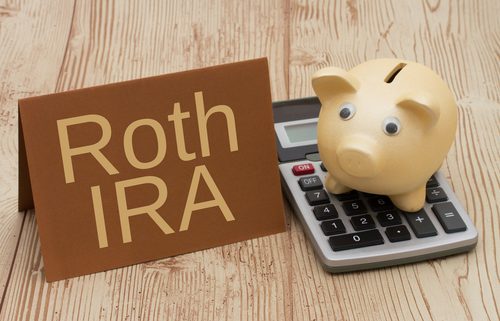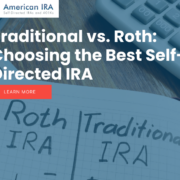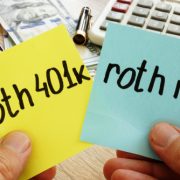Current Eligibility Rules for Using a Self-Directed Roth IRA
The Self-Directed Roth IRA is a powerful way to build wealth, using the taxable income you earn now to put aside money for retirement in an account. With this account, you can then make legitimate withdrawals upon reaching retirement age and not have to pay the tax again—because you have already paid these income taxes.
Because a Roth IRA is such a powerful wealth-building tool, it does have a few caveats. You’ll want to make sure that your arrangements make you eligible for a Roth IRA, for starters.
What You Need to Know About Using a Self-Directed Roth IRA
How do you know whether you qualify for using a Self-Directed Roth IRA? Here are some of the finer points you’ll want to keep tabs on:
- Earned income. You have to have earned an income to put money aside in a Self-Directed Roth IRA. Because a Roth IRA uses taxable money, you have to first have taxable money!
- Non-deductible contributions. One of the most important things to understand about using a Self-Directed Roth IRA is that your contributions won’t be deductible. That’s because you are using after-tax dollars in a Roth IRA. The money will grow within a Roth IRA and you’ll be able to withdraw them tax-free—assuming you follow the rules, of course—but that comes with the initial sacrifice of not being able to deduct the contributions at the start.
- If you make too much money…then you might not be eligible for a Self-Directed Roth IRA. You can find more details about that at the IRS website. For example, let’s say you are a single head-of-household and you make $138,000 per year. You can’t then contribute to a Roth IRA. Keep in mind, however, that this number refers to your Adjusted Gross Income, which of course depends on your individual tax situation.
- Contribution limits. Your age will also factor into your individual contribution limits. For example, the maximum contribution for people under 50 in 2019 is $6,000. For those 50 and older, it’s $7,000—which is why they call these “catch-up” contributions.
What is Unearned Income?
You might have noticed in the first section that you have to have an “earned income” to be able to contribute to a Self-Directed Roth IRA. So, what is unearned income, exactly?
For IRS reporting purposes, unearned income can include the following:
- Alimony from a divorce.
- Child support.
- Unemployment benefits.
- Social Security retirement benefits.
- Income from investments, such as dividends or rental income.
Commissions, bonuses, and tips you earn from working or owning a business would count as earned income. But if you own a rental property, for example, and you collect income from that ownership because you have a tenant, that would count as unearned income that can’t be put towards a Self-Directed Roth IRA. This is important for anyone who makes a majority of their income from real estate ventures.
Should You Use a Self-Directed Roth IRA?
A Self-Directed Roth IRA allows you to put aside earned, taxed income into nontraditional retirement assets like precious metals. The question is: is it right for you? That’s up to each individual. However, those who want to enjoy tax-free withdrawals in retirement flock to the Roth IRA first. In many cases, it’s the retirement account people first put money in, then electing to put money into pre-tax accounts such as a Self-Directed Solo 401(k) plan. As always, the strategy is up to the individual—especially when using self-direction.
Interested in learning more about Self-Directed IRAs? Contact American IRA, LLC at 866-7500-IRA (472) for a free consultation. Download our free guides or visit us online at www.AmericanIRA.com.








